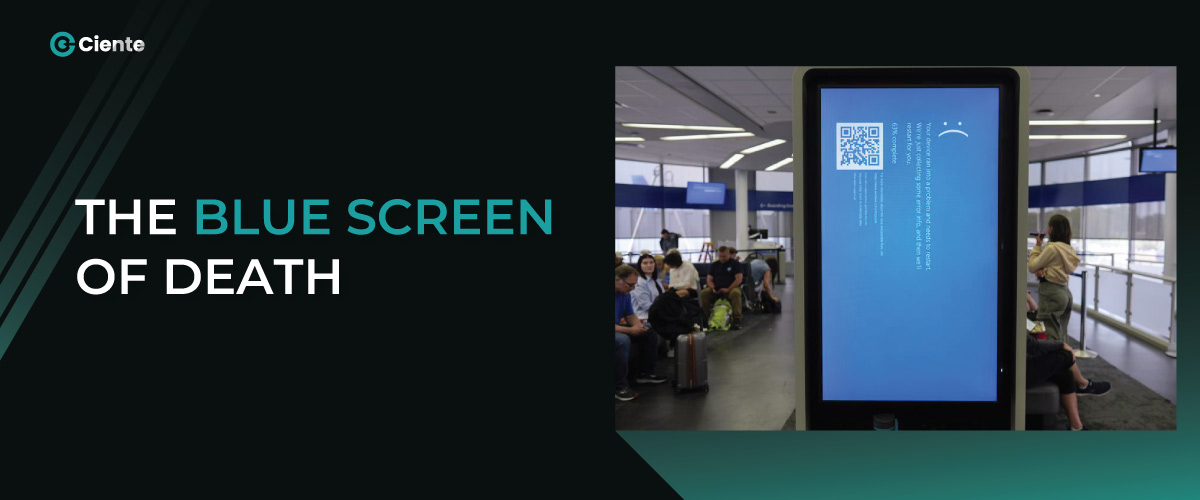From global whispers to algorithmic echoes: as brands ride the influencer wave, the intrigue deepens—can AI outshine the storytellers?
Artificial intelligence is transforming the way we search, generate content, and communicate. As AI progresses, its potential impact on influencer marketing becomes increasingly significant. While AI enriches the creative journey, the question arises: can it entirely supplant human involvement? Since AI is a creation of human ingenuity, perhaps it should be regarded as a complement to our lives.
The growing influence of AI is expected to prompt numerous brands, agencies, and content creators to leverage it for routine tasks. The advent of social media has given rise to the “influencer” culture, wherein individuals share a wide array of images and videos on their platforms. In today’s era, AI technology has facilitated the emergence of virtual influencers—non-human or animated entities that emulate human behavior and speech.
The Role of Influencers
Influencers play a significant role in shaping consumer behavior and influencing purchasing decisions. Their ability to connect with audiences on a personal level and showcase products and experiences has made them valuable assets for brands seeking to reach new customers. From fashion and beauty to travel and lifestyle, influencers have become synonymous with trends and consumer culture.
What is a virtual influencer?
A virtual influencer is a computer-generated image or video that embodies a persona and behaves like a human. Unlike human influencers, virtual influencers exist solely in the digital realm and do not have a physical body.
Their primary purpose is to engage with followers and influence their purchasing decisions. Marketing campaigns are a major driving force behind the creation of virtual influencers, but their influence extends to other creative areas such as singing, dancing, and storytelling. Recent advancements in AI technology have made virtual humans more realistic, allowing them to mimic human expression, voice, and tone. Additionally, some content creators, known as 2D VTubers, are experimenting with 2D art and using software to bring their characters to life.
What is a virtual influencer on Instagram?
Like human influencers, virtual influencers on Instagram create content to influence their audience, whether it’s persuading them to make a purchase or influencing their thoughts, actions, or style. These virtual influencers lead an entire online life, dining at virtual restaurants, residing in virtual homes, and engaging in virtual and occasionally real-life activities.
For example, Miquela Sousa, a 19-year-old virtual persona based in LA, was recognized as one of TIME Magazine’s 25 Most Influential People on the Internet. She has collaborated with brands like Prada and Calvin Klein, endorsing their streetwear collection, and currently boasts 2.8 million Instagram followers!
How AI influencers are changing the game?
AI influencers are transforming the landscape of the influencer industry, offering a diverse set of advantages that human influencers find challenging to replicate. Some of them being:
- Better management: AI influencers offer brands enhanced control in comparison to human influencers, allowing them to determine the virtual personality’s appearance, messaging, and content. This heightened level of management mitigates the risk of potential scandals or controversies that could harm a brand’s reputation. Additionally, AI influencers can be programmed to align seamlessly with a brand’s values and objectives, ensuring a consistent message and a unified brand identity.
- Better marketing and advertising: A growing number of brands are acknowledging the potential of AI influencers and integrating them into their marketing and advertising approaches. AI influencers offer brands the chance to connect with niche markets and specific demographics.
- Cost-effective: A key benefit of AI influencers lies in their cost-effectiveness. Developing and sustaining a digital influencer can prove to be more economically viable in the long term when compared to engaging human influencers, who typically demand high fees for sponsored content and collaborations. After the creation of an AI influencer, the associated expenses primarily revolve around ongoing maintenance and content creation, presenting a more manageable and predictable financial aspect compared to the fees charged by human influencers.
What is the impact of AI influencers on Real Content Creators?
- Increased Competition and Market Saturation: AI influencers contribute to a more crowded digital landscape, intensifying competition for attention and audience engagement among real content creators. As AI influencers gain popularity, real creators may find it challenging to stand out and reach their target audience amidst the noise generated by both human and virtual influencers.
- Evolution of Audience Preferences: The rise of AI influencers may shift audience preferences and expectations, impacting how real content creators need to adapt their strategies. As viewers become accustomed to the capabilities of AI influencers, traditional content creators may face the need to innovate and incorporate new technologies or storytelling techniques to maintain audience interest and relevance.
- Technological Learning Curve: The integration of AI influencers may necessitate a learning curve for real content creators to understand and adapt to new technologies. Those who are less tech-savvy may face challenges in keeping up with the evolving landscape, potentially leading to disparities in access and success between creators who readily embrace technological advancements and those who struggle to incorporate them into their content creation processes.
Will AI replace content creators?
The simple answer is no. But why?
- Creativity and Emotional Intelligence: AI, while powerful in processing data and performing certain tasks, currently lacks the nuanced creativity and emotional intelligence inherent in human content creation. Genuine emotion, unique perspectives, and creative insights that humans bring to their work are elements that AI struggles to replicate. Content creation often involves complex emotions, subjective experiences, and innovative thinking that are deeply rooted in human understanding and consciousness.
- Personal Connection and Authenticity: Authenticity and a personal connection with the audience are key aspects of successful content creation. AI lacks the personal experiences, individual voice, and authenticity that real content creators bring to their work. Viewers often connect with content that reflects the genuine personality, experiences, and storytelling style of a human creator, elements that are challenging for AI to replicate convincingly.
- Adaptability and Intuition: Content creation involves a level of adaptability and intuition that is currently beyond the capabilities of AI. Human creators can respond to dynamic changes in trends, cultural shifts, and audience preferences in a way that AI, bound by programmed algorithms, may struggle to match. The ability to quickly adapt strategies, make intuitive decisions, and understand the nuanced context of creative work is a distinct advantage that human content creators possess.
Wrapping it up
AI is not here to replace content creators; instead, influencers can strategically leverage AI to enhance their creative processes and overall impact. By incorporating AI tools, influencers can overcome creative blocks, generate engaging content ideas, and streamline business operations. While AI brings efficiency and automation, it lacks the human touch, authenticity, and nuanced creativity that content creators uniquely contribute. The key lies in a symbiotic relationship where influencers harness AI as a resource to complement their skills. Successful coexistence involves influencers embracing AI for content ideation, backend support, and efficiency, while maintaining the authentic, personal connection that resonates with audiences and sets them apart in the dynamic landscape of digital content creation.





